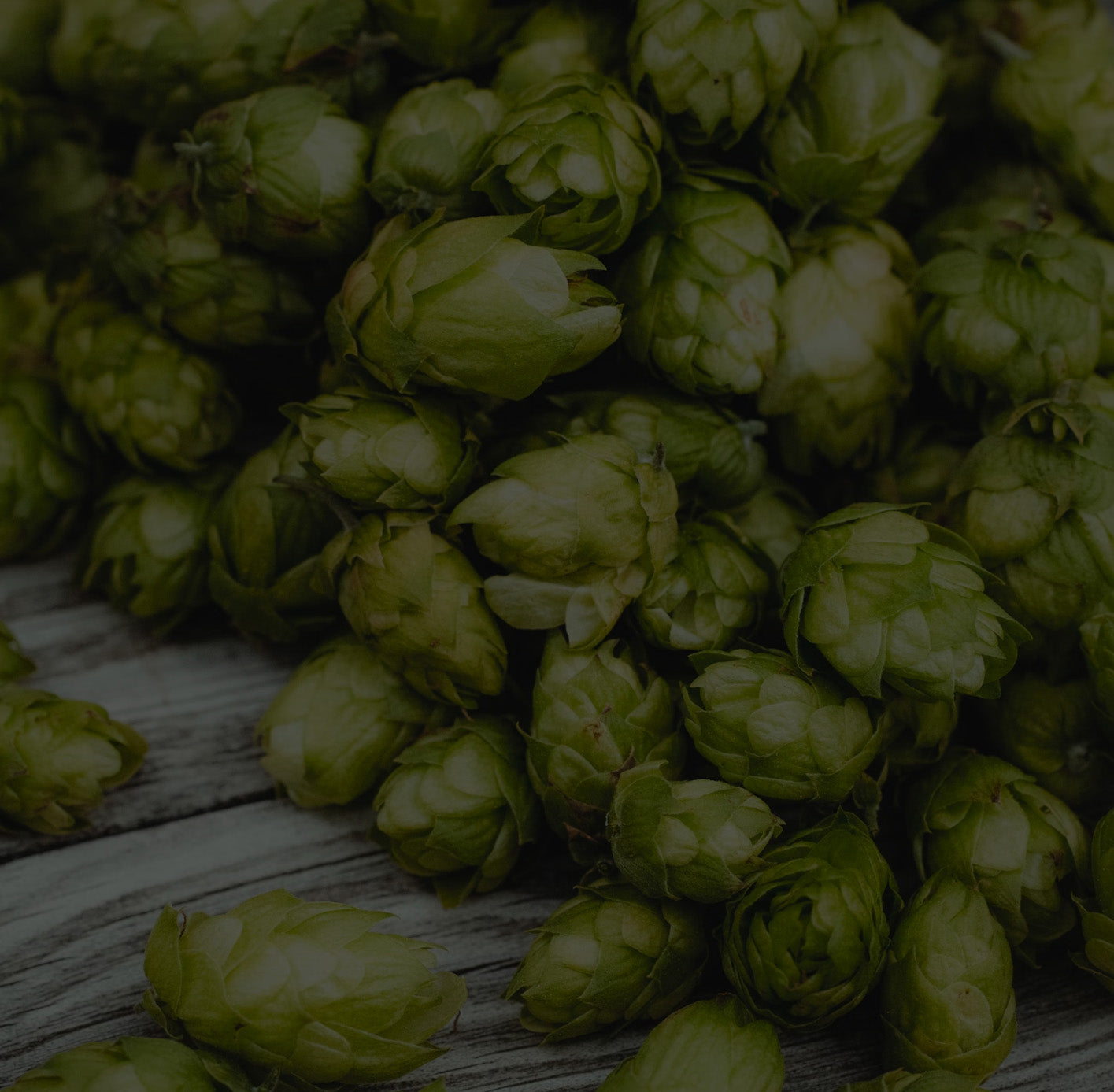
The chart below shows how many pounds of sugar are required to reach a particular potential alcohol percentage for a 1, 5, and 10 gallons of finished fermented beer, wine, etc. A couple of notes, this chart assumes that the fermentation will end at 1.000 specific gravity. This is possible, but keep in mind that many beer yeasts finish around 1.010.
Also, the chart assumes a starting point of zero sugar in the solution. But it is also useful useful if you make an all grain mash or a fruit mash and you want to increase potential ABV to a specific amount. Examples below.
Let's pretend that we make 5 gallon batch of what is supposed to be a Double IPA. The ABV for such a style is somewhere north of 7.5%. Assuming you add enough grains to craft a 6.3% ABV beer, according to the chart, you'll need to add at least 1lb of sugar to hit a potential alcohol of 7.5%, because adding 1lb of sugar will increase the potential alcohol by 1.2% for a 5 gallon batch.
| Added Sugar vs. Potential Alcohol in 1, 5, and 10 Gallon Batches | |||
|---|---|---|---|
| Pounds of Sugar | 1 Gallon | 5 Gallons | 10 Gallons |
| 1 lb. | 5.9% | 1.2% | 0.6% |
| 2 lbs. | 11.9% | 2.3% | 1.2% |
| 3 lbs. | 17.7% | 3.6% | 1.8% |
| 3.5 lbs. | 20.5% | 4.1% | 2.1% |
| 4 lbs. | x | 4.8% | 2.3% |
| 5 lbs. | x | 5.9% | 3.0% |
| 6 lbs. | x | 7.1% | 3.6% |
| 7 lbs. | x | 8.3% | 4.1% |
| 8 lbs. | x | 9.5% | 4.8% |
| 9 lbs. | x | 10.7% | 5.4% |
| 10 lbs. | x | 11.9% | 5.9% |
| 11 lbs. | x | 13% | 6.6% |
| 12 lbs. | x | 14.2% | 7.1% |
| 13 lbs. | x | 15.4% | 7.7% |
| 14 lbs. | x | 16.5% | 8.3% |
| 15 lbs. | x | 17.7% | 8.9% |
| 16 lbs. | x | 18.8% | 9.5% |
| 17 lbs. | x | 20% | 10.1% |
| 18 lbs. | x | x | 10.7% |
| 19 lbs. | x | x | 11.2% |
| 20 lbs. | x | x | 11.9% |
| 21 lbs. | x | x | 12.4% |
| 22 lbs. | x | x | 13% |
| 23 lbs. | x | x | 13.5% |
| 24 lbs. | x | x | 14.2% |
| 25 lbs. | x | x | 14.7% |
| 26 lbs. | x | x | 15.4% |
| 27 lbs. | x | x | 15.9% |
| 28 lbs. | x | x | 16.5% |
| 29 lbs. | x | x | 17% |
| 30 lbs. | x | x | 17.7% |
| 31 lbs. | x | x | 18.2% |
| 32 lbs. | x | x | 18.8% |
| 33 lbs. | x | x | 19.5% |
| 34 lbs. | x | x | 20% |






Leave a comment